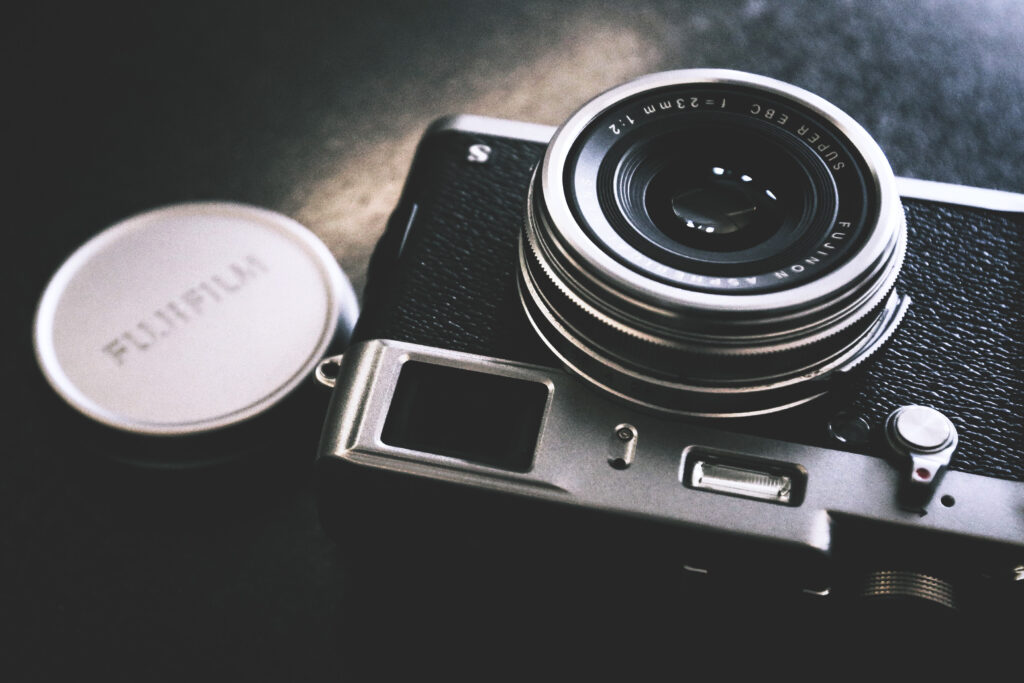Photography is a wonderful art form that allows you to capture moments, express creativity, and see the world from a unique perspective. Whether you’re aiming to pursue photography as a hobby or as a potential career, getting started can be both exciting and a bit overwhelming. Here’s a step-by-step guide to help you embark on your photography journey.
1. Understand the Basics of Photography
Before diving into the technical aspects, it’s important to grasp the basic concepts that form the foundation of photography:
- Exposure: This is the amount of light that reaches your camera’s sensor. It’s controlled by three settings: aperture, shutter speed, and ISO.
- Aperture: The size of the opening in your lens that allows light to enter. It affects the depth of field (how much of the image is in focus).
- Shutter Speed: The duration for which the camera’s sensor is exposed to light. It affects motion blur in your images.
- ISO: The sensitivity of your camera’s sensor to light. A higher ISO allows you to shoot in low light but can introduce noise (graininess) into your photos.
2. Choose Your First Camera
You don’t need the most expensive gear to get started. Consider these options:
- Smartphones: Modern smartphones have powerful cameras that are great for learning the basics of composition and lighting.
- Point-and-Shoot Cameras: These are compact and easy to use, making them perfect for beginners.
- DSLRs and Mirrorless Cameras: If you want more control over your settings and room to grow, these cameras offer interchangeable lenses and advanced features.

3. Learn Your Camera’s Functions
Once you’ve chosen your camera, spend time getting familiar with its features. Read the manual, explore the settings, and practice using different modes (like manual, aperture priority, and shutter priority). Understanding your camera will give you more creative control over your photos.
4. Master Composition
Composition is the art of arranging elements within your frame to create a balanced and visually appealing image. Some basic composition techniques include:
- Rule of Thirds: Imagine your image is divided into a grid of nine equal parts. Placing your subject along these lines or at their intersections often creates a more dynamic photo.
- Leading Lines: Use natural lines in your environment (like roads, rivers, or pathways) to guide the viewer’s eye through the image.
- Framing: Use elements in your surroundings (like trees, windows, or arches) to frame your subject and draw attention to it.
5. Experiment with Lighting
Lighting is crucial in photography. Natural light is the best starting point, so practice shooting at different times of the day. Pay attention to how light interacts with your subject, and try shooting with the light coming from different angles (front, side, back) to see how it affects your image.
6. Start with Simple Subjects
As a beginner, it’s easy to get overwhelmed by trying to capture complex scenes. Start with simple subjects that you find interesting—flowers, pets, everyday objects—and focus on getting the composition and lighting right. As you gain confidence, gradually move on to more challenging subjects like landscapes, portraits, or street photography.
7. Edit Your Photos
Post-processing is an important part of photography. Editing allows you to enhance your images and bring your creative vision to life. Start with basic editing software like Adobe Lightroom, which offers user-friendly tools for adjusting exposure, contrast, color, and more. Practice editing your photos to achieve different moods and styles.
8. Learn from Others
One of the best ways to improve your photography is to study the work of other photographers. Follow photographers you admire on social media, join photography communities, and participate in online forums. Analyze their work, ask for feedback on your own photos, and don’t hesitate to ask questions.
9. Practice, Practice, Practice
Photography is a skill that improves with practice. Challenge yourself to take photos regularly, whether it’s daily or weekly. Try different styles, experiment with new techniques, and push your creative boundaries. The more you practice, the more you’ll develop your unique style and voice as a photographer.
10. Build a Portfolio
As you gain experience, start curating a portfolio of your best work. This can be a physical book, a website, or a social media page. A portfolio allows you to showcase your progress and share your work with others. It’s also a great way to reflect on how much you’ve learned and identify areas for improvement.
Conclusion
Starting out in photography is an exciting journey filled with opportunities for creativity and self-expression. Remember that everyone starts as a beginner, and it’s okay to make mistakes along the way. With patience, practice, and a passion for learning, you’ll soon find your own unique perspective through the lens. Happy shooting!




